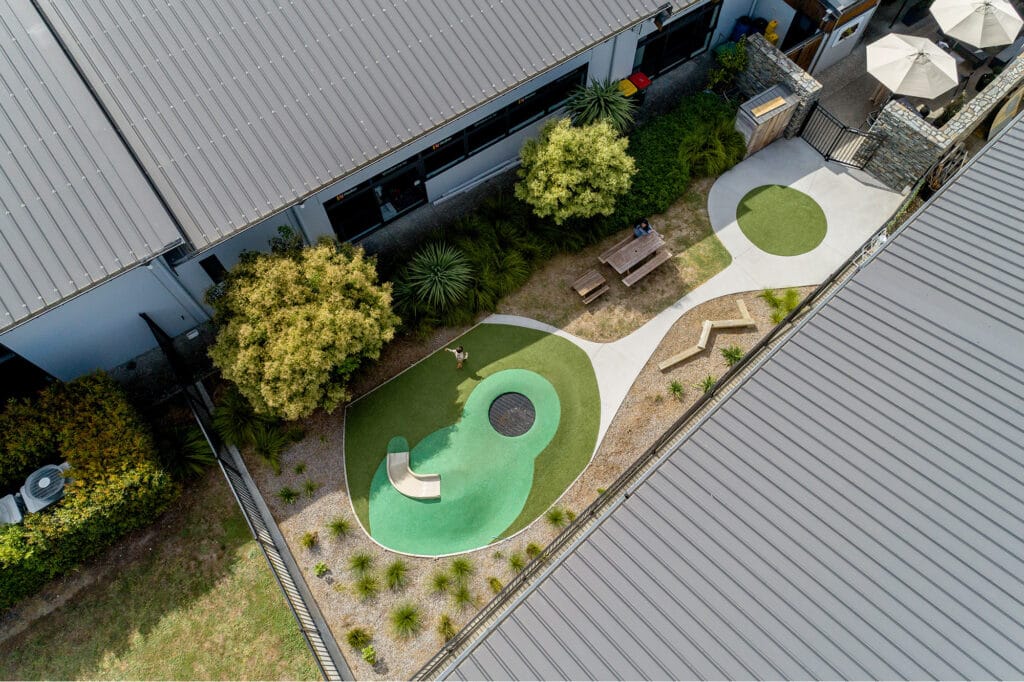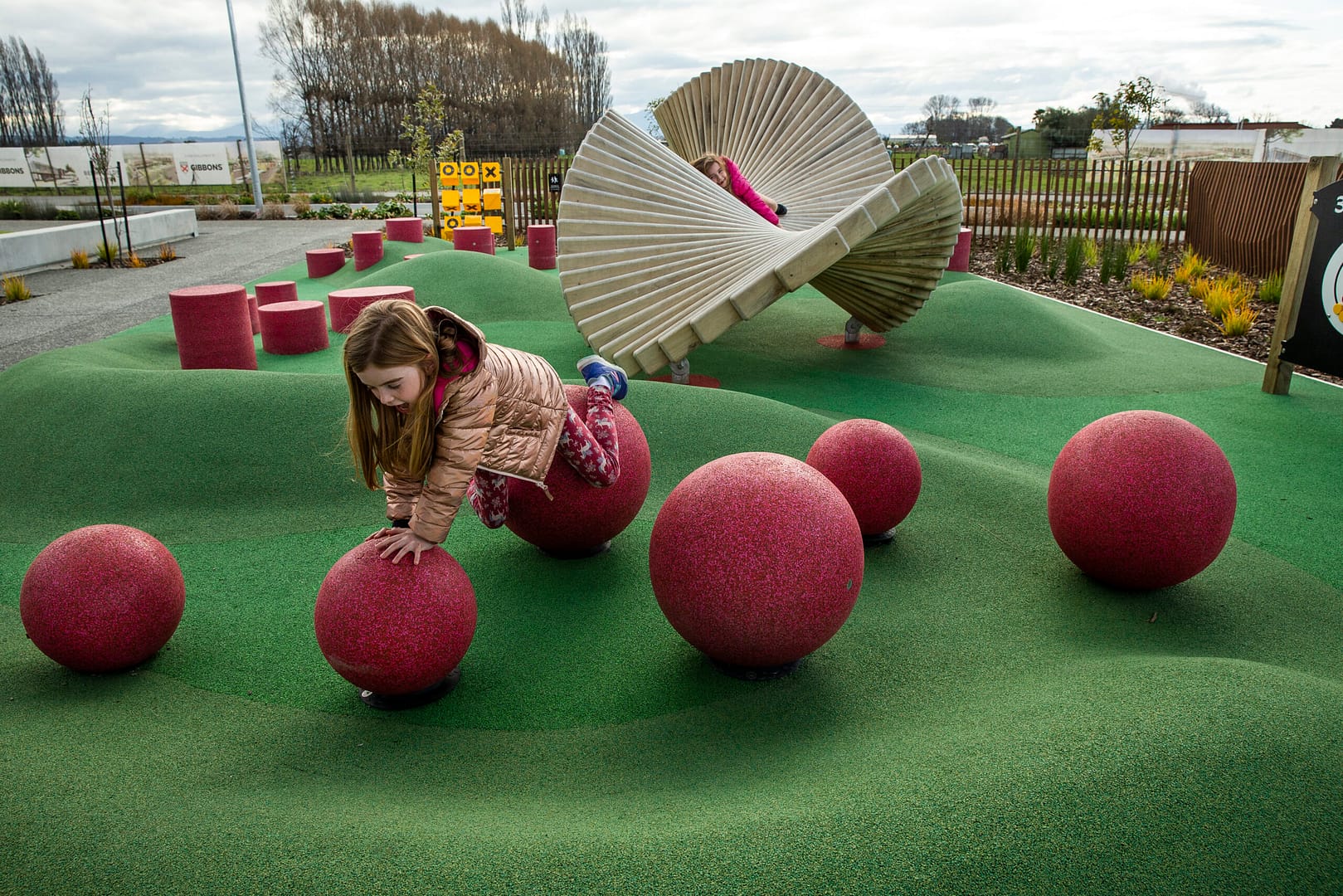Urban environments are rapidly transforming, and at the heart of this change is the integration of playspaces—areas designed not just for play but for community engagement and well-being. These spaces are crucial in urban settings, offering a breathing space from the concrete jungle and enhancing the quality of life for residents.
The design of these areas is paramount, focusing on inclusivity and accessibility to serve the diverse urban population effectively.

Integrating Playspaces into Urban Design
Core Design Principles
Principles of inclusivity, creativity, and sustainability guide the design of urban playspaces. These spaces aim to be accessible to all, fostering community among a diverse urban population.
The goal is to create engaging environments encouraging social interaction and physical activity.
Enhancing Urban Connectivity
Playspaces can significantly affect urban planning, connecting different city areas.
Their strategic placement can encourage exploration and movement, making the urban environment more cohesive and navigable.
Merging Play with Nature and Art
Incorporating natural elements and public art into playspaces can enrich the urban experience. These spaces offer a blend of aesthetics and functionality, providing immersive experiences that engage children and adults.
Future Trends in Playspace Design
Embracing Technology
The future of playspaces includes the integration of technology, offering interactive and educational experiences.
This approach aims to create spaces that are not only fun but also enriching, preparing children for a digital future.
Sustainability at the Forefront
Sustainable design is becoming a priority, with a focus on eco-friendly materials and practices. This trend reflects a growing awareness of environmental issues and a commitment to preserving the planet for future generations.
Community Involvement in Design
The involvement of local communities in the design process ensures that playspaces meet the needs and reflect the values of those who use them. This collaborative approach enhances the relevance and impact of these spaces.
Conclusion
Playspaces are integral to the vitality of urban environments, offering spaces for play, learning, and community engagement. As urban areas continue to evolve, the need for innovative and inclusive playspaces is clear.
Urban planners, designers, and communities must work together to prioritize these spaces, ensuring they remain a vibrant part of urban life.
If you are ready to make your community better, call us on 0800 000 334 or send an email to [email protected].

